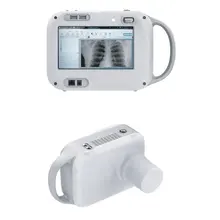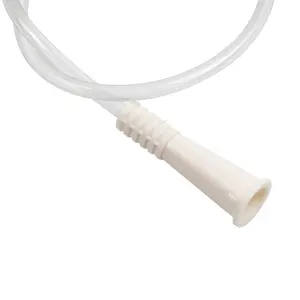Understanding Urinary Catheters
Urinary catheters are essential medical devices used in various healthcare settings, including veterinary practices. These catheters play a pivotal role in managing urinary dysfunctions by providing a safe and sterile pathway for urine to exit the body when natural urination is not possible.
Types and Applications
The types of catheters range from indwelling catheters, commonly known as Foley catheters, to intermittent catheters. Foley catheterization is a widely used method where a catheter is left in place for continuous drainage, secured by a balloon at one end. In contrast, suprapubic catheterization involves placement through the abdomen directly into the bladder, offering an alternative for long-term use. These devices cater to a broad spectrum of patients, including those undergoing surgery, suffering from urinary incontinence, or with conditions that impede normal bladder functions.
Features and Materials
Urinary catheters are designed with patient comfort and safety in mind. They are typically made from flexible materials such as silicone or latex to minimize discomfort. The catheters' surfaces are treated to be smooth and non-irritating, ensuring they can be inserted with minimal risk of infection. Some catheters are coated with antimicrobial agents to further reduce the risk of urinary tract infections.
Advantages of Catheter Use
The use of a urinary catheter can significantly aid in patient care by allowing accurate urine output monitoring, which is crucial for patients with critical conditions. Moreover, catheters help in preventing skin breakdown in patients with incontinence and reduce the risk of urinary tract infections when used correctly and for appropriate durations.
Considerations for Selection
When selecting a urinary catheter, it is important to consider the specific needs of the patient. For instance, female catheterization may require different sizing compared to male catheters. The duration of catheter use should also influence the choice, with options like in dwelling catheter being suitable for long-term use. It is essential to assess the patient's anatomy, the reason for catheterization, and any potential allergies to catheter materials.
Standards and Sterilization
All urinary catheters available on Alibaba.com adhere to stringent international standards to ensure safety and efficacy. Sterilization methods such as far infrared and ozone techniques are employed to ensure that the catheters are free from pathogens and safe for use. While they are designed for single use to prevent cross-contamination, their durability ensures reliability throughout the duration of their necessity.




























 浙公网安备 33010002000092号
浙公网安备 33010002000092号 浙B2-20120091-4
浙B2-20120091-4